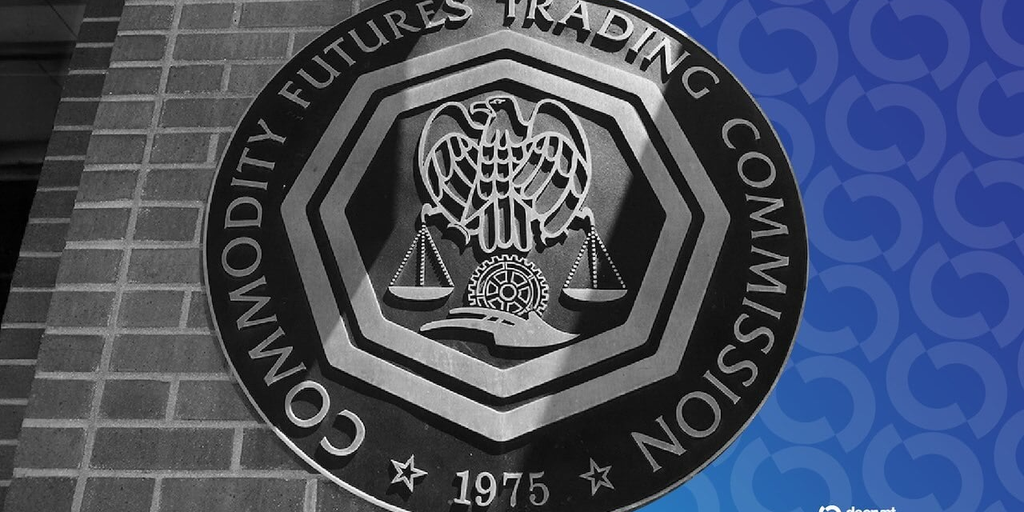
In brief
- Industry leaders are arguing perpetuals eliminate the costly contract rollovers that plague traditional futures.
- Some are advocating for DeFi inclusion by forming a special advisory committee focused on decentralized trading.
- More than 90% of crypto derivatives trading volume consists of perpetual contracts occurring outside U.S. borders.
Major crypto companies are urging regulators to embrace crypto perpetual futures contracts, arguing the financial instruments could revolutionize derivatives trading if properly regulated in the U.S.
In 1992, American economist and Nobel Laureate Robert Shiller proposed perpetual futures to enable trading of illiquid assets like real estate and human capital.
These contracts had no expiration and paid out based on price indices, settling daily between long and short holders.
Initially theoretical, the concept has gained practical application in crypto. They now account for 93% of all derivatives trading in crypto, according to some estimates.
The Commodity Futures Trading Commission is now trying to assess whether its current rules are sufficient to oversee perpetual derivatives or if new regulation is required to manage their risks, particularly in light of their explosive growth in crypto markets and potential future application in traditional asset classes.
In response to the CFTC’s April request for comment, industry leaders, including Coinbase, OKX, Paradigm, and Hyperliquid, have outlined how perpetuals have become the dominant form of crypto derivatives.
Crypto firms are conveying a clear message to the CFTC: perpetuals are crypto’s most successful financial innovation, and appropriate U.S. regulation could tap into a multi-trillion-dollar market that’s been flourishing offshore.
Power and simplicity
“Bringing offshore crypto derivatives markets into the U.S. regulatory perimeter would be a boon for U.S. markets and customers,” Coinbase Derivatives wrote. The exchange noted perpetuals comprise “upwards of 90%” of crypto futures volume, surpassing even spot trading volumes.
The “simplicity” of perpetual futures makes it more accessible to retail participants, enabling them to gain leveraged exposure “without the complications inherent in traditional futures products or spot crypto,” it added.
Research-driven crypto investment firm Paradigm, meanwhile, has urged the Commission to embrace decentralized trading protocols rather than limiting perpetuals to traditional exchanges.
“While perpetual contracts listed on registered entities are important, they are only the first and shallowest part of the pool that is perpetual contracts,” Paradigm wrote last week.
Paradigm is also proposing the creation of a perpetual special advisory committee to examine DeFi perpetuals in hopes of leveraging “the power of smart contracts and blockchain technology” to “catalyze the transformation of our broader financial markets.”
Transparency through tech
Hyperliquid Labs, the core development team contributing to Hyperliquid, a custom Layer-1 blockchain, meanwhile, has outlined three core benefits of decentralized perpetuals.
First, transparency reaches unprecedented levels when every user action, including order placement, cancellation, execution, and liquidation, is “immutably recorded” and “publicly auditable,” contrasting sharply with traditional systems where trade data remains proprietary.
Hyperliquid Labs suggests the CFTC examine how open architecture on blockchains promotes composability, allowing different protocols to interact and build together.
Composability encourages participants and developers to build a “wide array of applications and strategies to foster product and market innovation” and unlock new use cases, it added.
Hyperliquid Labs promoted self-custody, saying it allows traders to manage collateral in their wallets, reducing reliance on exchanges. This approach helps avoid risks and addresses concerns of “centralized intermediary failures, hacks, or fund mismanagement.”
OKX, meanwhile, is touting perpetuals’ liquidity advantages, noting how they help consolidate trading volume that traditional futures fragment across multiple expiration dates.
“The lack of multiple expiry periods means perpetual futures can attract greater liquidity than traditional futures, particularly for far-dated expiries,” OKX wrote, adding that perpetuals appeal to “options traders looking to hedge their exposure,” as well as to “basis traders that are seeking arbitrage opportunities between exchanges.”
The crypto firms’ comments come as the CFTC has signaled its intent to have crypto perpetuals “trading live very soon,” according to outgoing CFTC Commissioner Summer Mersinger.
Edited by Sebastian Sinclair
Daily Debrief Newsletter
Start every day with the top news stories right now, plus original features, a podcast, videos and more.

